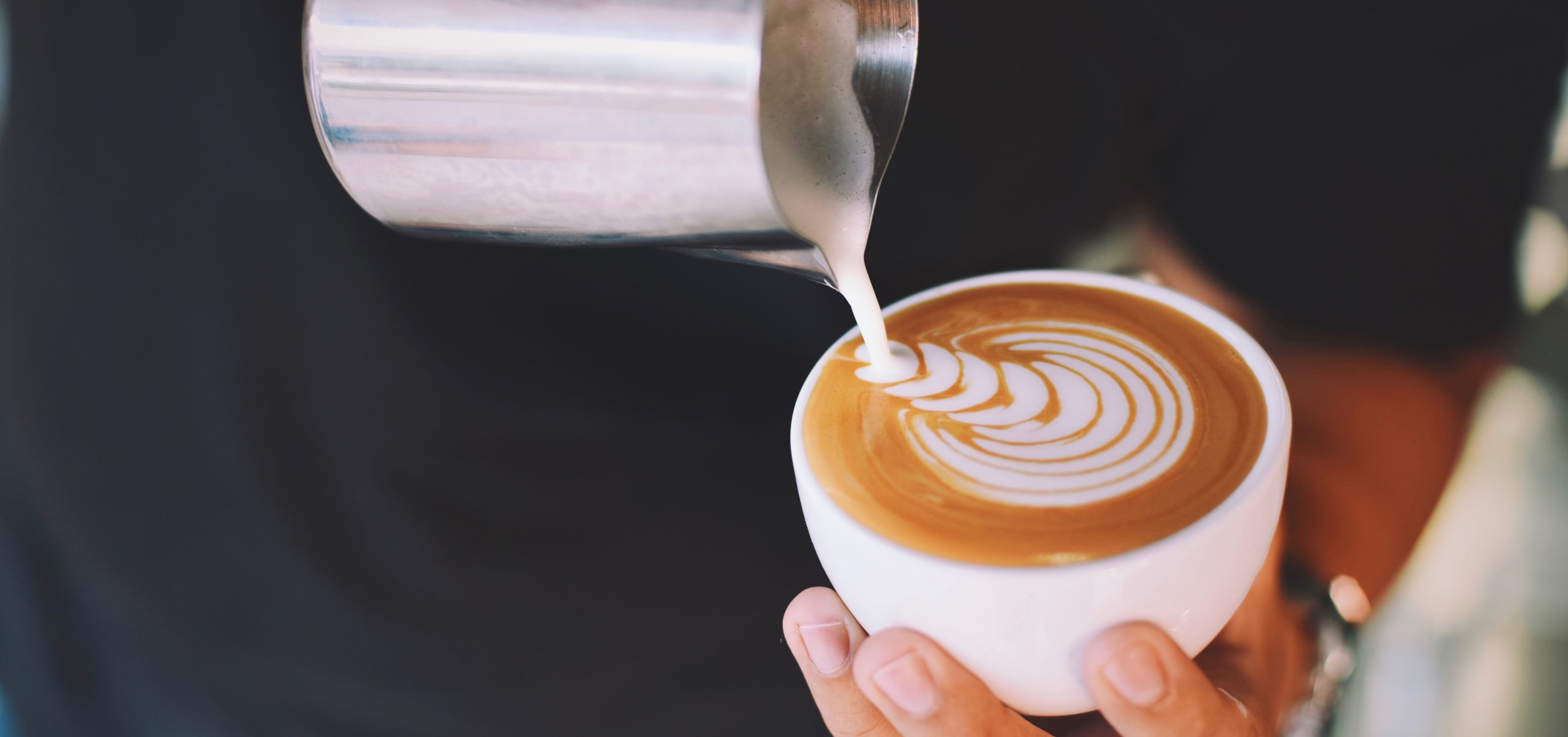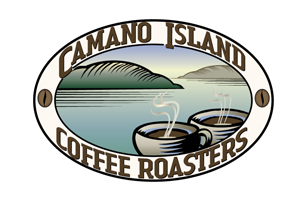
Is Coffee Bad For You?
Bad coffee may be bad for you, but good coffee is always good for you!
From time to time we’re see the question “Is coffee bad for you?” Well, “Is coffee bad for you?” is kind of a loaded question. Bad coffee is bad for you and good coffee can be very healthy. But how can you know the difference?
Is Coffee Bad For You? — Arabica vs Robusta.
First you have to start with the type of coffee you’re drinking. Arabica is the high quality species of the coffee tree. Robusta is the low quality species. Robusta coffee develops twice the acidity and caffeine of Arabica. Unfortunately, many coffee companies “cut” their “blends” with robusta to save costs. In fact during the first quarter of 2012 imports of Robusta rose by 80% while imports of Arabica decreased by 30%. Big coffee companies are increasing profits on the back of your palate and health. Is coffee bad for you? Only if you’re drinking high caffeine, high acid robusta.
Is Coffee Bad For You? — Organic vs. Conventional
Coffee is sprayed with more chemicals than any other crop outside of tobacco. These same pesticides — like Carbofuran, and Endosulfan — are carcinogenic. In other words cancer-causing. That’s why we believe coffee should only be grown organically. Is coffee bad for you? Only if it’s grown using pesticides.
Is Coffee Bad For You? — Shade-Grown vs. Sun-Grown
Most coffee is sun-grown. This causes the coffee tree to grow abnormally fast. In turn the coffee tree develops twice the acidity and caffeine of shade-grown coffee. If you suffer from acid reflux or even heartburn, then you should drink shade-grown coffee. In fact we hear all the time from folks who quit coffee due to acid reflux and acidity only to drink our coffee and suffer no ill effects.
So, is coffee bad for you? Only if it’s grown with pesticides, in direct sunlight, and mixed with robusta beans. It’s pretty clear if you want healthy coffee only drink Organic, Shade-Grown and 100% Arabica beans.
**Bonus Content**
While Andrew was *ahem* working the other day, he came across this awesome video titled “Is Coffee Bad For You?”. It only touches on a few of the health related aspects of coffee because it focuses on the product as a whole and not on specific low or high-quality coffees.
Want to be sure your coffee is not bad for you? Grab a free pound below to start enjoy healthful, certified organic coffee with amazing flavor!

I was wondering if your coffee is certified mold free?
Hi Antara,
Thanks for reaching out. We have had our coffee tested for mold in the past and have no measurable traces of mycotoxins. We do not do this on each of our batches of coffee as this is too cost prohibitive. It also is a clue to how we know mold doesn’t develop. You see, we roast in 50 lbs batches or less. This allows us to better control the temperature of the roast and cooling process of our beans and gives you better flavor. Most importantly, we roast and ship within 48 hours so that you get the freshest coffee experience. This is why we sell our coffee through our coffee lovers club. Our members help us know how much to source and roast on any given day. This is more efficient than roast large quantities and then having it sit around until a brick and mortar store places a purchase order.
Here is some other info you might find helpful as you navigate mold issues and coffee:
Short Answer: Mycotoxins in coffee is an issue primarily for low quality
commodity coffees or coffees that sit on the shelf for too long. We only
roast the Top 1% of the available coffees on the market. Also we don’t let
our coffee sit. We roast fresh — usually within 48 hours or less of
shipping — and then ship right to your door. To put that in perspective
most coffees in the grocery store are 3 months old before they even get to
the grocery store shelf due to the logistics of distribution.
Long Answer: Mycotoxins in coffee originate at the farm level.
Essentially it starts with a rotten or damaged coffee cherry. The seed of
the cherry is what is dried and becomes what we know as coffee beans. The
pulp of the cherry when it is bruised or falls off the tree too early can
rot and develop mold. Additionally, coffee beans can develop mold toxins
if the green beans are not stored correctly.
As a micro-roaster we do not purchase huge quantities of green beans to
have them then sit in a warehouse for years before we roast them. We can’t
afford to do that. Instead, we buy small batches to meet our Coffee Lovers
Club preferences. Once we do bring in the beans they are stored in a
climate controlled facility to ensure they do not develop mold.
When we source our coffee, we only buy the highest quality coffee available
on the market. This is the coffee that is picked first from the tree — not
last — and certainly not from the coffee cherries that are damaged or fall
on the ground. These beans after being picked and de-pulped are checked by
hand three times to remove defective beans. It’s this “triple-sorting” that
constitutes grade 1 specialty coffee beans. These are the Top 1% of beans
available on the market. They’re rare. They’re expensive. But, they’re
totally worth it.